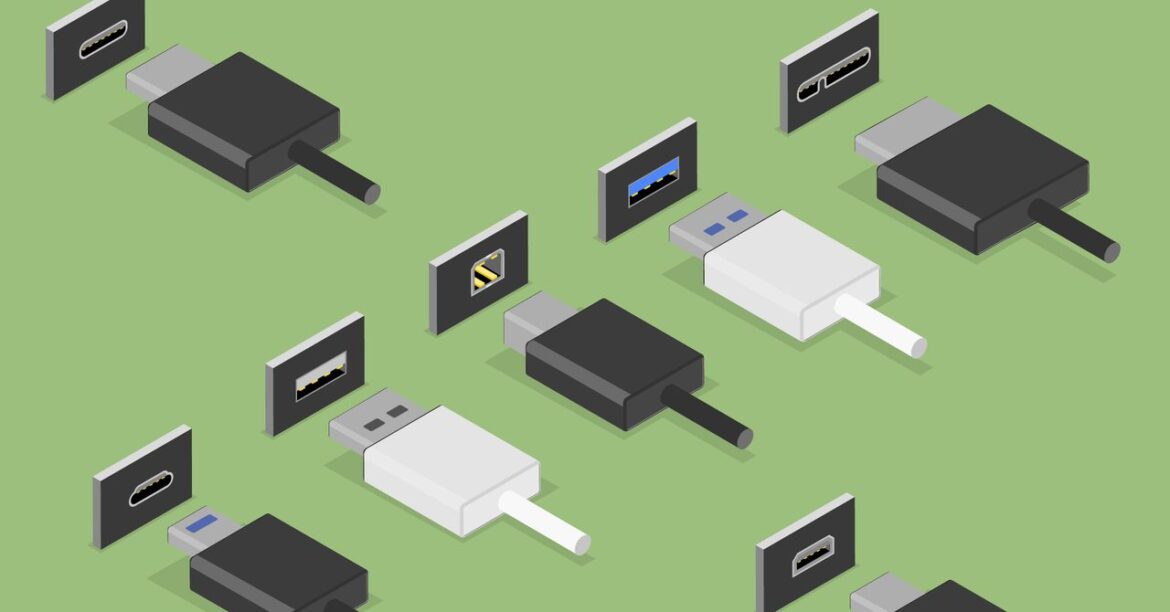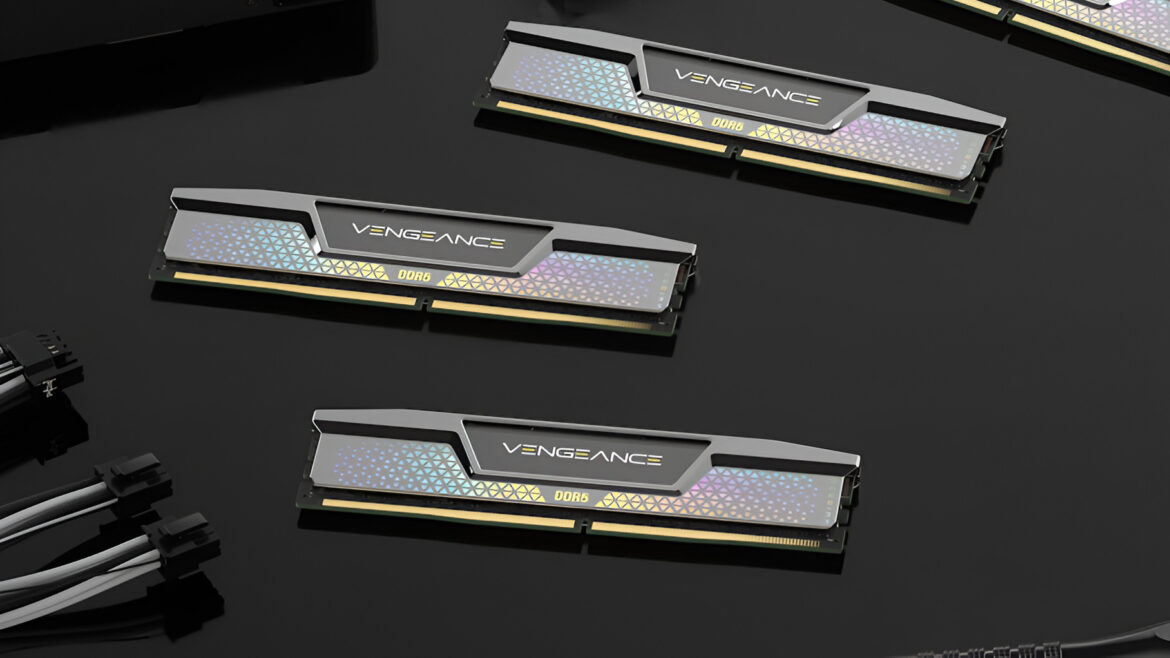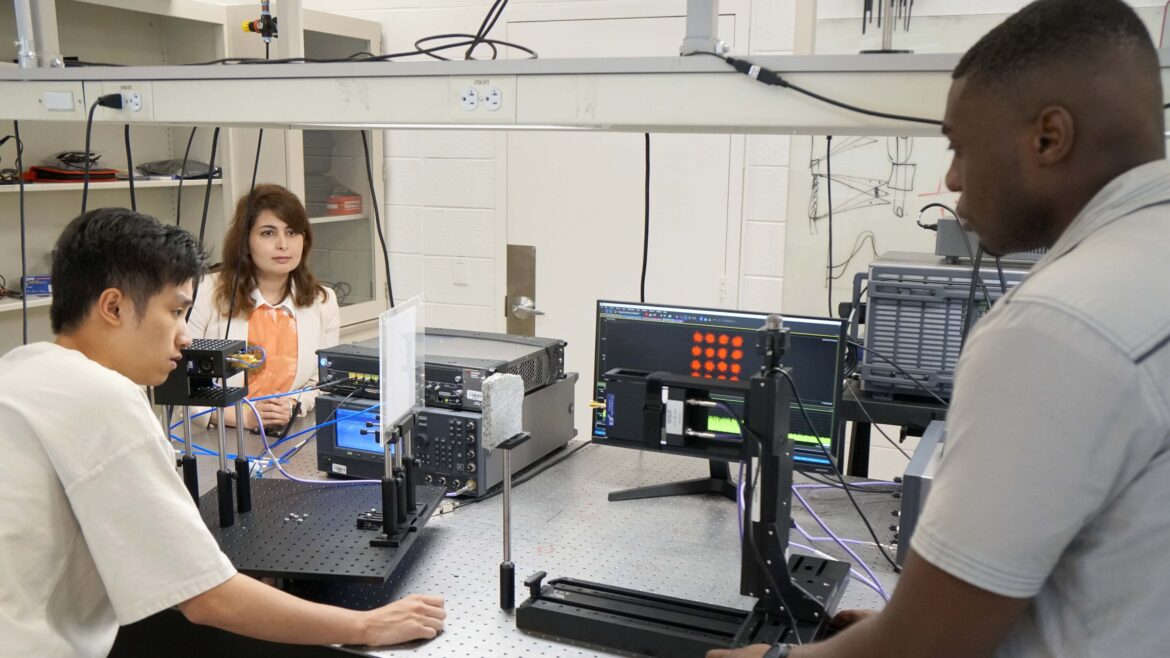Things get extremely complicated when it comes to the many iterations of USB 3.0. Because all the branding has become inconsistent and unhelpful, we recommend ignoring these labels altogether and just searching for the actual speed ratings. The good news is that many USB hub and docking station manufacturers have started to give up on names, labels, and symbols too. These days, you’ll often see the maximum speed next to ports directly to sidestep the names, which is the quickest way to ensure you know what you’re getting.
When it comes to evaluating a USB-A port, just remember that 20 Gbps is the top speed you’ll ever get. Whether it’s called USB 3.2 Gen 2 or USB 3.2 Gen 2×2, it’s all the same speed: 20 Gbps. Meanwhile, 10-Gbps speeds will be labeled USB 3.1 Gen 2 or SuperSpeed Plus, and 5-Gbps speeds will be USB 3.0, USB 3.1 Gen 1, or SuperSpeed.
So, if you’re using older storage devices or accessories, you may want to look up the specific generation of USB if speed matters to you. A device marketed as “USB 3.0” several years ago and a device marketed as “USB 3.2” today could potentially have identical transfer speeds if the manufacturer is less than forthcoming with generation names or transfer speed ratings. You may even run into the 25-year-old USB 2.0 standard on older accessories, which had a maximum data transfer speed of 480 Mbps (megabits per second).
What Is USB Power Delivery (or USB-PD)?
Power Delivery, often written as USB-PD, is a fast-charging technology used to power or charge peripherals over USB, which is something we all use every day to charge our phones and other devices. But these days, USB-PD has greatly expanded its capabilities. Instead of carrying a charger for every single device you own, you might opt for a charging adapter that can juice up multiple devices via several USB-C Power Delivery (USB-C PD) ports. With USB-PD 3.1, as seen in Thunderbolt 5, it can even support up to 240 watts of power. You’ll find these kinds of ports on USB hubs as well, sometimes referred to as “pass-through charging,” though that’s not an official term.
Make sure the wattage of a USB-C port on a charging adapter or hub can handle what your device needs. A MacBook Pro typically needs 96 watts during intense workloads (though you can still charge it at lower wattage), so you’d probably need a 100-watt USB-C port on the charging adapter or USB hub for the best charging experience, which is supported in USB4.
How USB DisplayPort Alternate Mode Works
Similar to power delivery, USB-C has also brought in another important feature: DisplayPort Alternate Mode, often labeled as DP Alt Mode or with a “D” DisplayPort logo. Most commonly, this is used to connect a laptop to a monitor over a single USB-C cable rather than HDMI or DisplayPort. Importantly, DP Alt Mode delivers both audio and video over that single connection.
DP Alt Mode has been around since the introduction of USB-C, but the amount of data that can be sent over this one cable depends on the generation of DisplayPort being employed. USB 3.2, for example, uses DisplayPort 1.4 for its DP Alt Mode, whereas USB4 makes DP Alt Mode a requirement and uses DisplayPort 2.0 for higher resolutions and refresh rates. For example, DisplayPort 2.0 supports three 4K HDR displays at 144 Hz, while DisplayPort 1.4a could only support two 4K HDR displays at 60 Hz.
Thunderbolt vs. USB
Not only are USB standards notoriously confusing, but guaranteeing those speeds and features in actual products is even messier. USB standards are always in ranges; just because you see a USB4 port on something doesn’t guarantee it’ll hit those max speeds. Not by a long shot.
That’s where Thunderbolt comes in. It’s an Intel-owned standard made in collaboration with Apple that uses the same USB-C connector as typical USB devices. It usually appears in higher-end devices featuring Intel chips or MacBooks. Due to some recent licensing changes, even some premium AMD laptops now feature Thunderbolt 4 ports.




